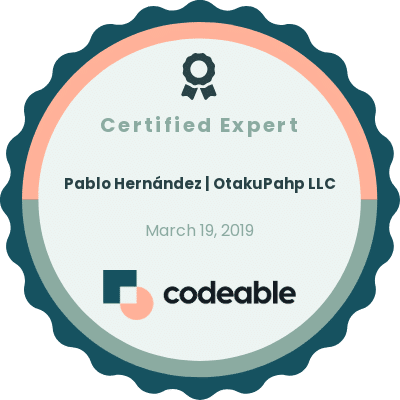
SEO Beginner’s Guide
SEO (Search Engine Optimization) is a set of techniques and strategies aimed at improving the visibility of a website in search engines such as Google, Bing and Yahoo. When a website is well optimized for SEO, it is more likely to appear in the top organic search results, increasing its traffic and visibility.
Key SEO Factors:
- Keyword Research:
Keyword research is the starting point of SEO. It consists of identifying the words and phrases that users use when searching for information related to your website or business. Tools like Google Keyword Planner, SEMrush, and Ubersuggest are useful for finding relevant keywords and evaluating their search volume and competition. - On-Page Optimization:
On-page optimization refers to the optimization of elements within your website. This includes optimizing content, meta tags (titles, descriptions), URL structure, headings (H1, H2, H3), and optimizing images with descriptive ALT attributes. Creating high-quality and relevant content for your audience is essential. - Off-Page Optimization:
Off-page optimization focuses on actions taken outside of your website to improve its positioning in search engines. This includes building quality links from relevant and authority websites, engaging on social media, and creating shareable content that generates natural links. Even your website must be connected to an agile web server, Google rewards fast loading pages over others. - User Experience (UX):
Google values user experience and considers it an important factor in its ranking algorithm. A good user experience translates into intuitive web design, fast loading times, easy navigation, and high-quality, relevant content.

Practical SEO Strategies:
- Quality Content:
Quality content is the lifeblood of SEO. It must be original, relevant, useful and provide value to users. In addition to text, consider including other formats such as videos, infographics, and podcasts to diversify your content and increase its appeal. - Multimedia Optimization:
Optimizing images and other media is an important part of SEO. Make sure you use high-quality images and optimize them with keywords in file names and ALT attributes. Not only does this improve accessibility for people with visual impairments, but it can also help improve your ranking in image search results. - Analysis and Monitoring:
It is crucial to regularly monitor and analyze your website performance using tools like Google Analytics, Google Search Console, and third-party analytics tools. These tools provide you with valuable insights into site traffic, user behavior, traffic-driving keywords, and more, allowing you to continually adjust and improve your SEO strategy.
SEO Trends and Evolution:
SEO is a constantly evolving field, and it is important to stay aware of the latest trends and changes in search engine algorithms. Some current trends include voice search, semantic search, the importance of mobile optimization, and the emphasis on user experience and content relevance. By implementing SEO best practices and strategies, you can significantly improve your website’s visibility and performance, which can translate into increased traffic, online authority, and business opportunities.

SEO is a vital component of online success in the digital age. As search engines continue to evolve and refine their algorithms, it is important to adapt and stay up to date with the latest SEO trends and best practices. By implementing a strong, user-centric SEO strategy, you can improve your website’s visibility, authority, and overall performance, which can have a significant impact on your online success and long-term business goals. We invite you to learn more about SEO optimization in this video
More posts


Implement electronic invoicing in WooCommerce

Going deeper into SEO – Beginner’s Guide




Tricks to boost your WordPress site

Implement electronic invoicing in WooCommerce

Going deeper into SEO – Beginner’s Guide




